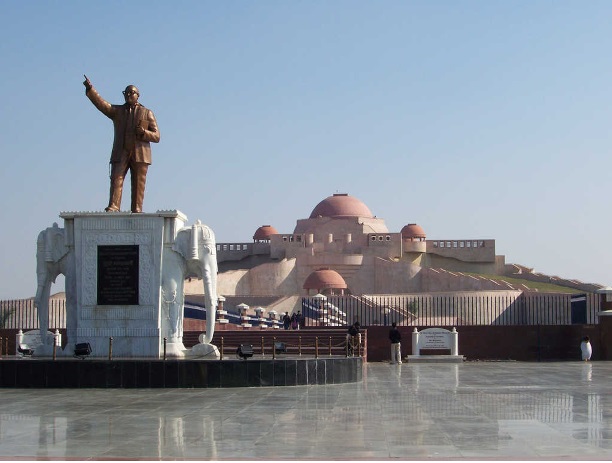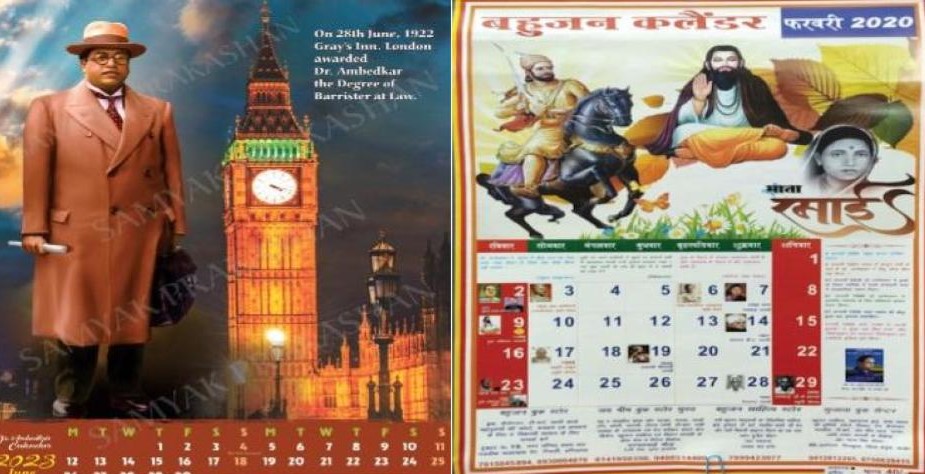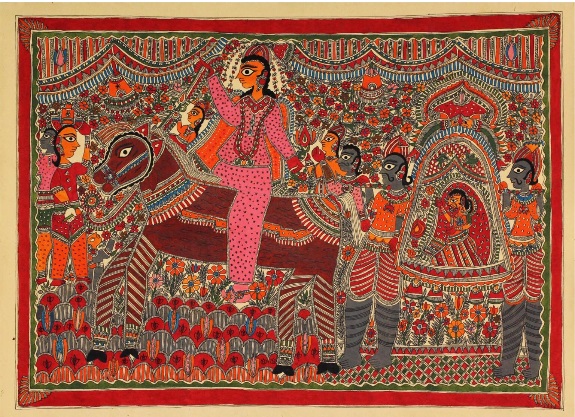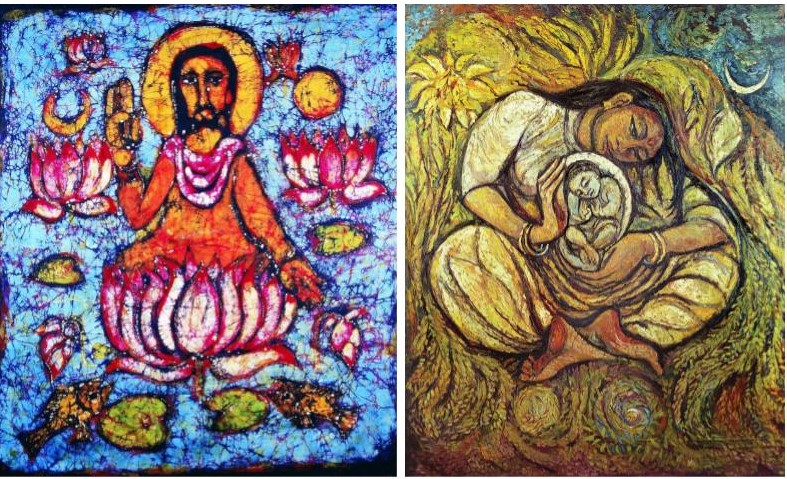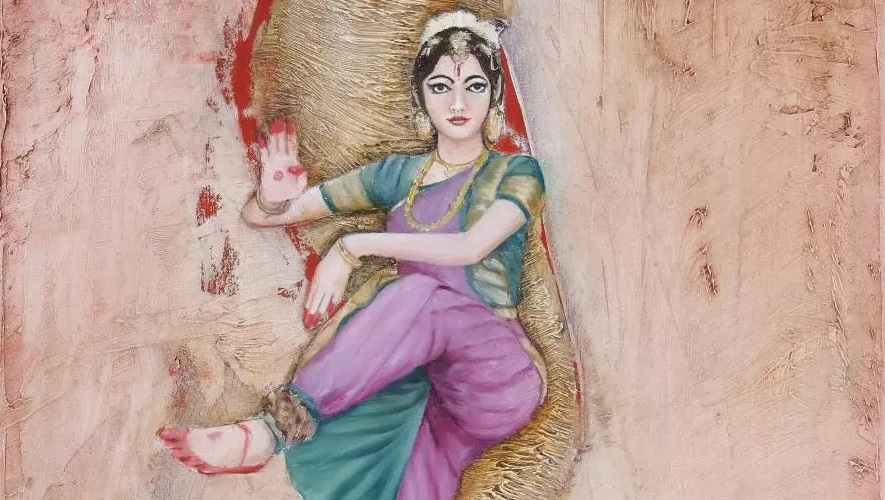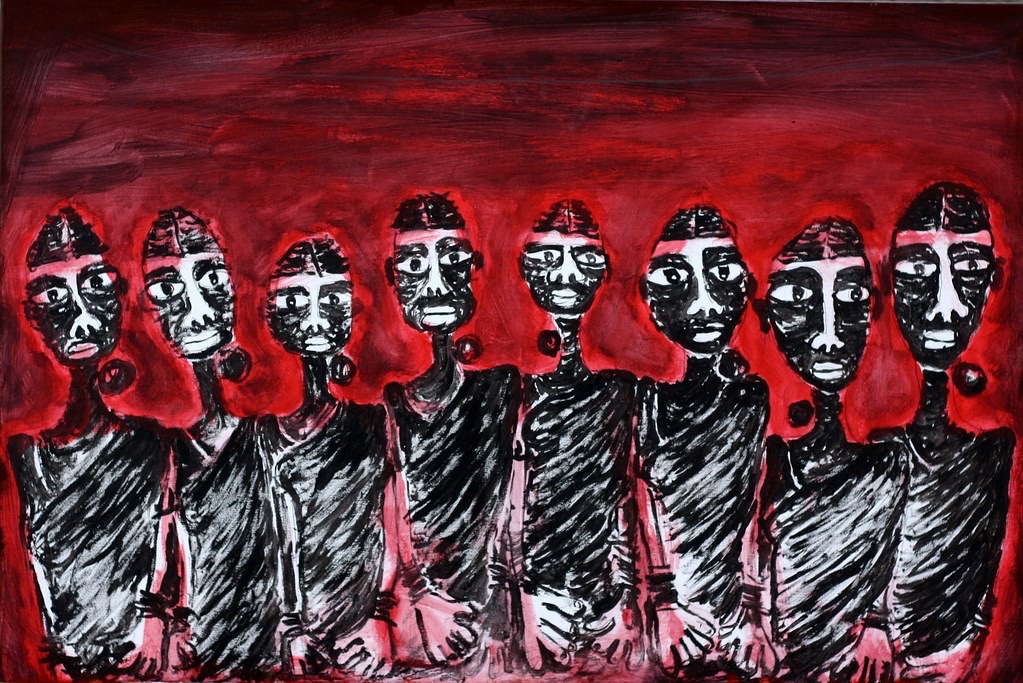Mayawati’s Lucknow: Buddha, Baba Saheb Becomes Visible in the Cityscape
In 2002, the founder of the Bahujan Samaj Party, Kanshi Ram, announced his intentions to convert to Buddhism on 14th October 2006, the 50th anniversary of Ambedkar’s conversion at Nagpur. But on 9th October 2006, the charismatic Dalit leader died at his official residence in New Delhi after a long history of health complications. After […]
Mayawati’s Lucknow: Buddha, Baba Saheb Becomes Visible in the Cityscape Read More »

